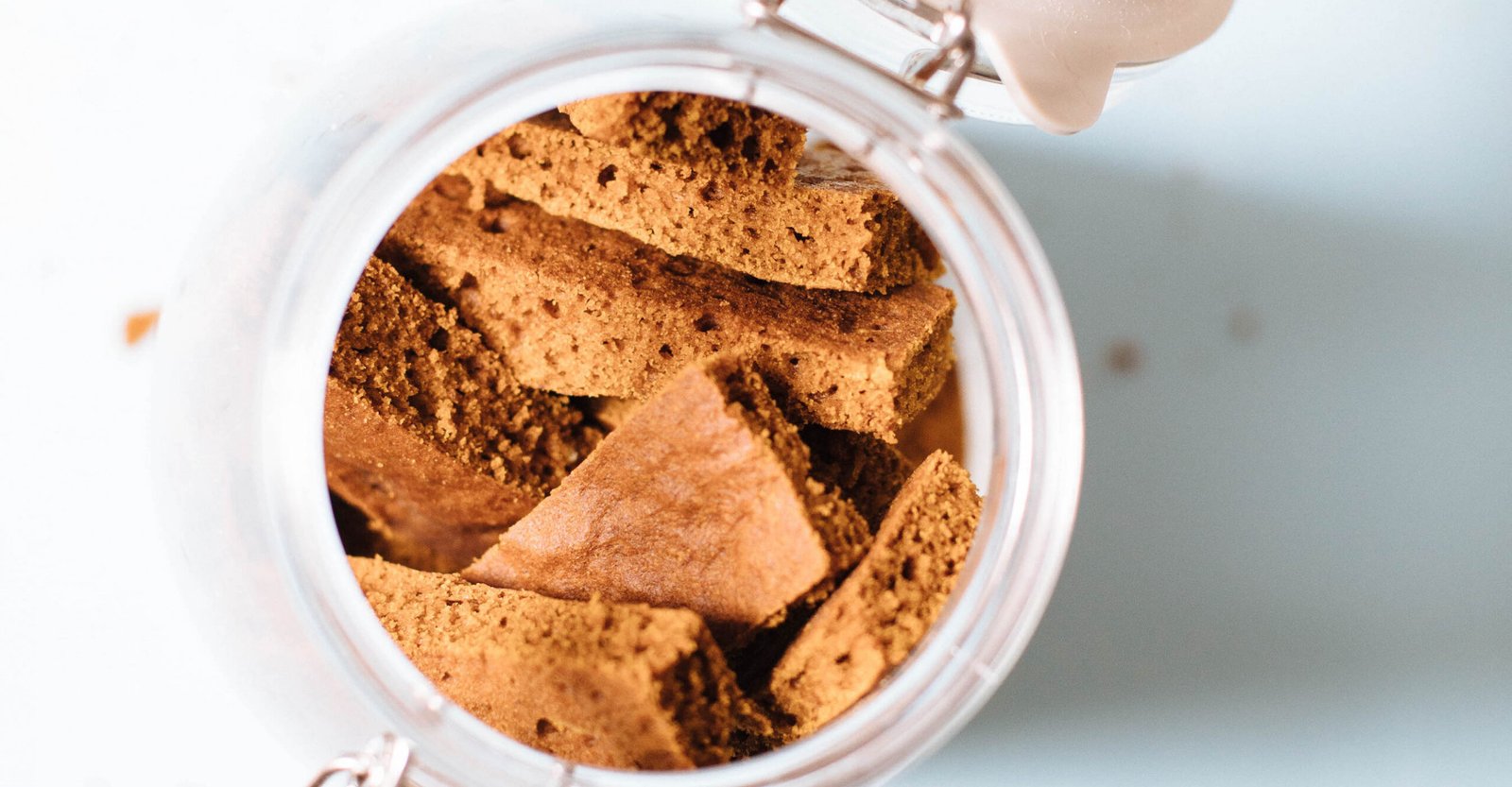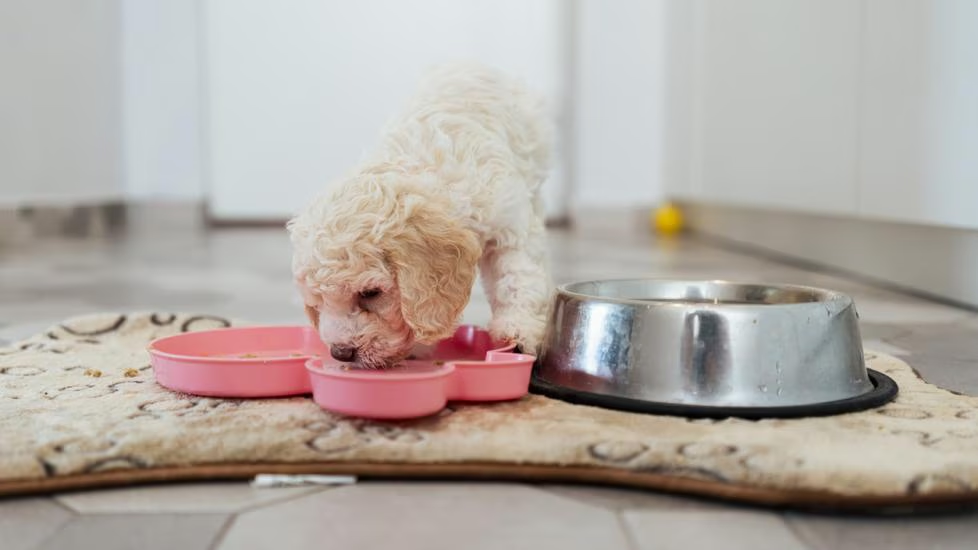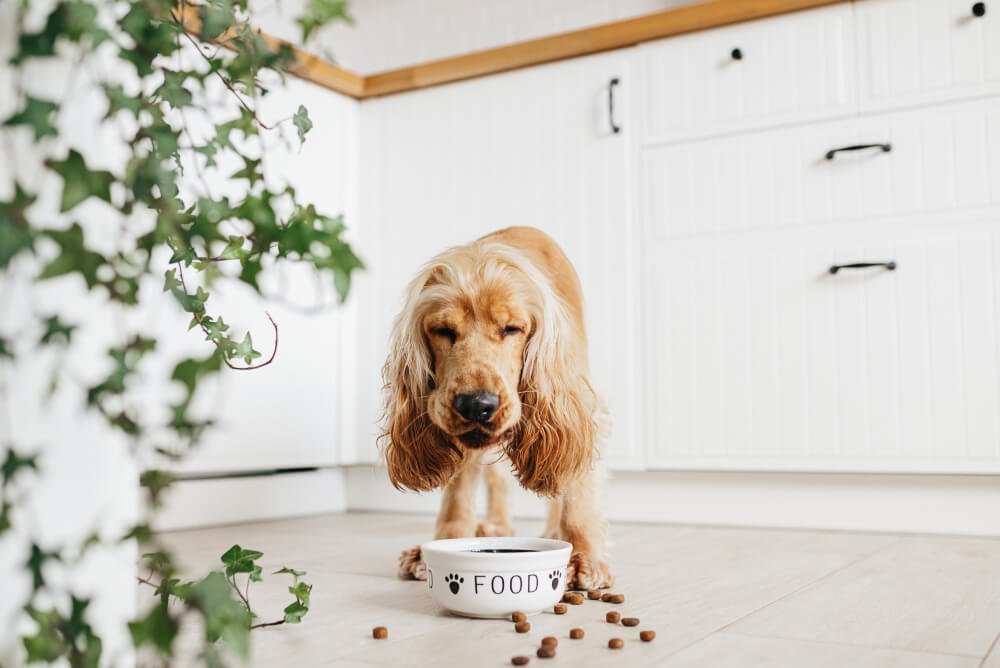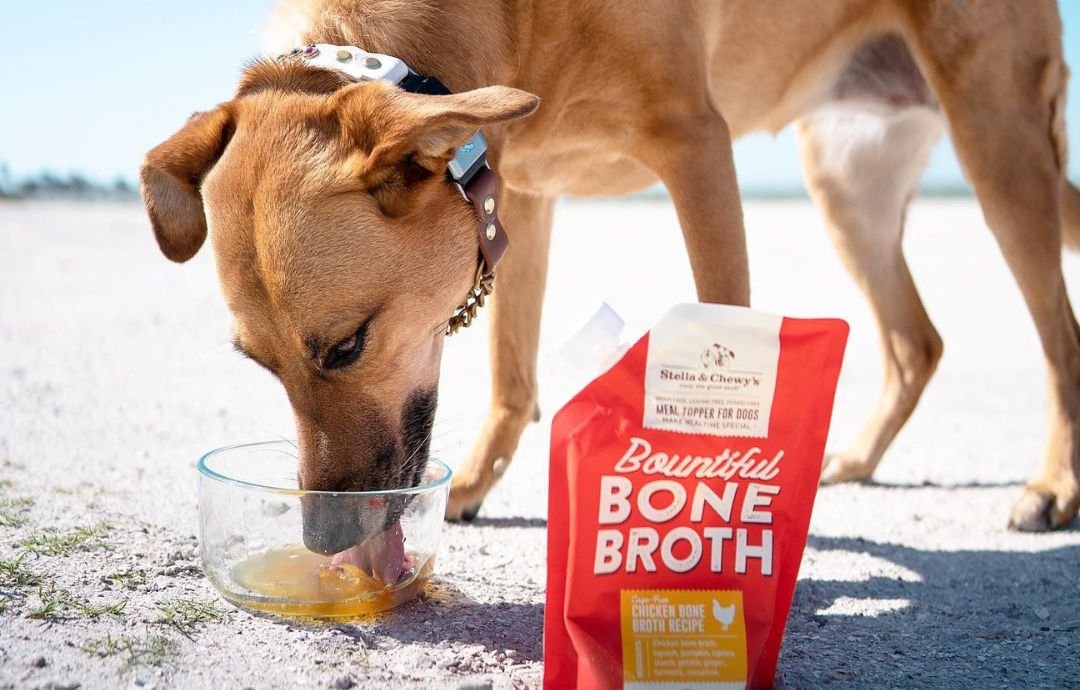When it comes to keeping our furry friends happy, making treats a healthy part of your dog’s diet is essential. Treats can be a great way to reward good behavior, offer nutrition, and strengthen the bond between you and your dog. However, it’s crucial to choose or prepare treats that contribute to their health rather than detract from it. In this article, we’ll share how to incorporate healthy treats into your dog’s diet effectively.
Understanding the Role of Treats in Your Dog’s Diet
Treats are often seen as a fun addition to a dog’s meals, but they can also serve several important purposes. They can be used for training, rewarding good behavior, or just showing love. However, treats should not make up more than 10% of your dog’s daily caloric intake. This balance helps ensure that your dog receives all the nutrients they need from their main meals while still enjoying occasional snacks.
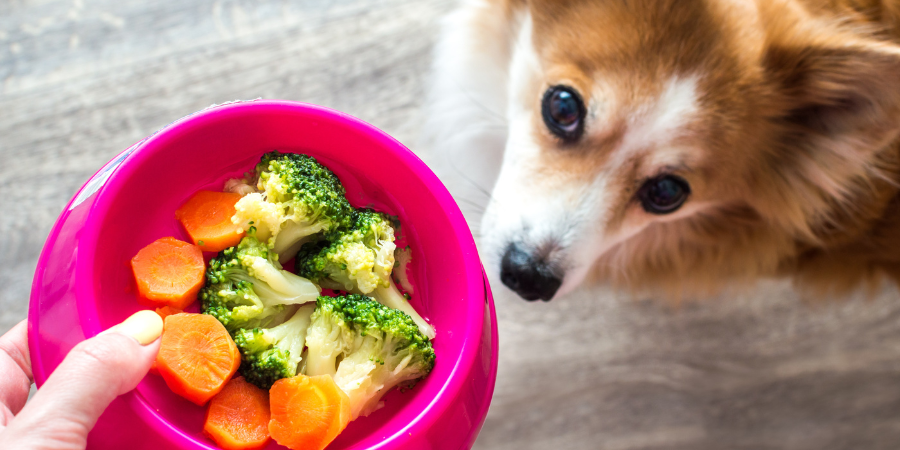
1. Choose Nutrient-Rich Ingredients
When making treats a healthy part of your dog’s diet, focus on using high-quality ingredients. Look for treats made from real meat, fruits, and vegetables. These ingredients provide essential vitamins and minerals that contribute to your dog’s health. Avoid treats with artificial colors, flavors, or preservatives, as they can lead to health issues in the long run.
2. Opt for Whole Foods
Instead of store-bought treats, consider using whole foods as treats. Many dogs love fruits and vegetables like carrots, apples, and blueberries. These foods are not only tasty but also packed with nutrients. For example, carrots are high in fiber and beta-carotene, which can benefit your dog’s eyesight. Incorporating whole foods into your dog’s diet makes treats healthier and adds variety to their meals.
3. Control Portion Sizes
When giving treats, it’s important to control portion sizes. Even healthy treats can lead to weight gain if given in large amounts. A good rule of thumb is to break treats into smaller pieces. This way, your dog still enjoys the treat without consuming too many calories. This practice is especially important for smaller dogs, who require fewer calories overall.
4. Make Homemade Treats
Another way of making treats a healthy part of your dog’s diet is by preparing homemade treats. This allows you to control the ingredients and avoid any unwanted additives. Simple recipes often use ingredients like peanut butter, oats, and pumpkin. For example, a basic peanut butter treat can be made with just peanut butter, oats, and water. Bake these into fun shapes, and you’ll have a delicious, healthy treat for your pup.
5. Use Treats for Training
Using treats as a reward during training sessions is an excellent way to reinforce positive behavior. By incorporating healthy treats, you can maintain your dog’s interest while ensuring their diet stays balanced. Use small, low-calorie treats during training to keep your dog motivated without overindulging. This approach not only makes training fun but also helps your dog associate learning with positive experiences.
6. Monitor Your Dog’s Health
Regularly monitor your dog’s health and weight to ensure that the treats are not negatively impacting their diet. If you notice any changes, such as weight gain or digestive issues, consider adjusting the types and amounts of treats you provide. It’s important to consult your veterinarian if you have concerns about your dog’s health or dietary needs.
7. Gradually Introduce New Treats
When trying new treats, do so gradually. Sudden changes in diet can upset your dog’s stomach. Start with small amounts of the new treat while continuing to feed their regular diet. Monitor your dog for any adverse reactions. If they seem to enjoy the new treats without any issues, you can gradually increase the amount.
8. Avoid Human Foods That Are Harmful
While some human foods are safe for dogs, others can be toxic. Foods like chocolate, grapes, and onions should always be avoided. When making treats a healthy part of your dog’s diet, stick to ingredients known to be safe for canine consumption. Always research or consult your veterinarian if you are unsure about a specific food item.
9. Consider Allergies and Sensitivities
Just like humans, dogs can have food allergies or sensitivities. Be aware of any adverse reactions your dog may have when introducing new treats. Common allergens include wheat, soy, and dairy. If you suspect your dog has a food allergy, consult your veterinarian for advice on suitable treat options.
10. Keep It Fun and Varied
Finally, keep treat time fun and varied! Dogs enjoy different flavors and textures, so rotating treats can make them more exciting. Consider making a batch of homemade treats and storing them in the freezer for later use. This way, your dog can enjoy a range of healthy options without getting bored.
Conclusion
In conclusion, making treats a healthy part of your dog’s diet is a wonderful way to show love and maintain their health. By choosing nutritious ingredients, controlling portion sizes, and considering your dog’s specific needs, you can enjoy treat time without the guilt. Remember, healthy treats not only reward your dog but also contribute positively to their overall well-being.







